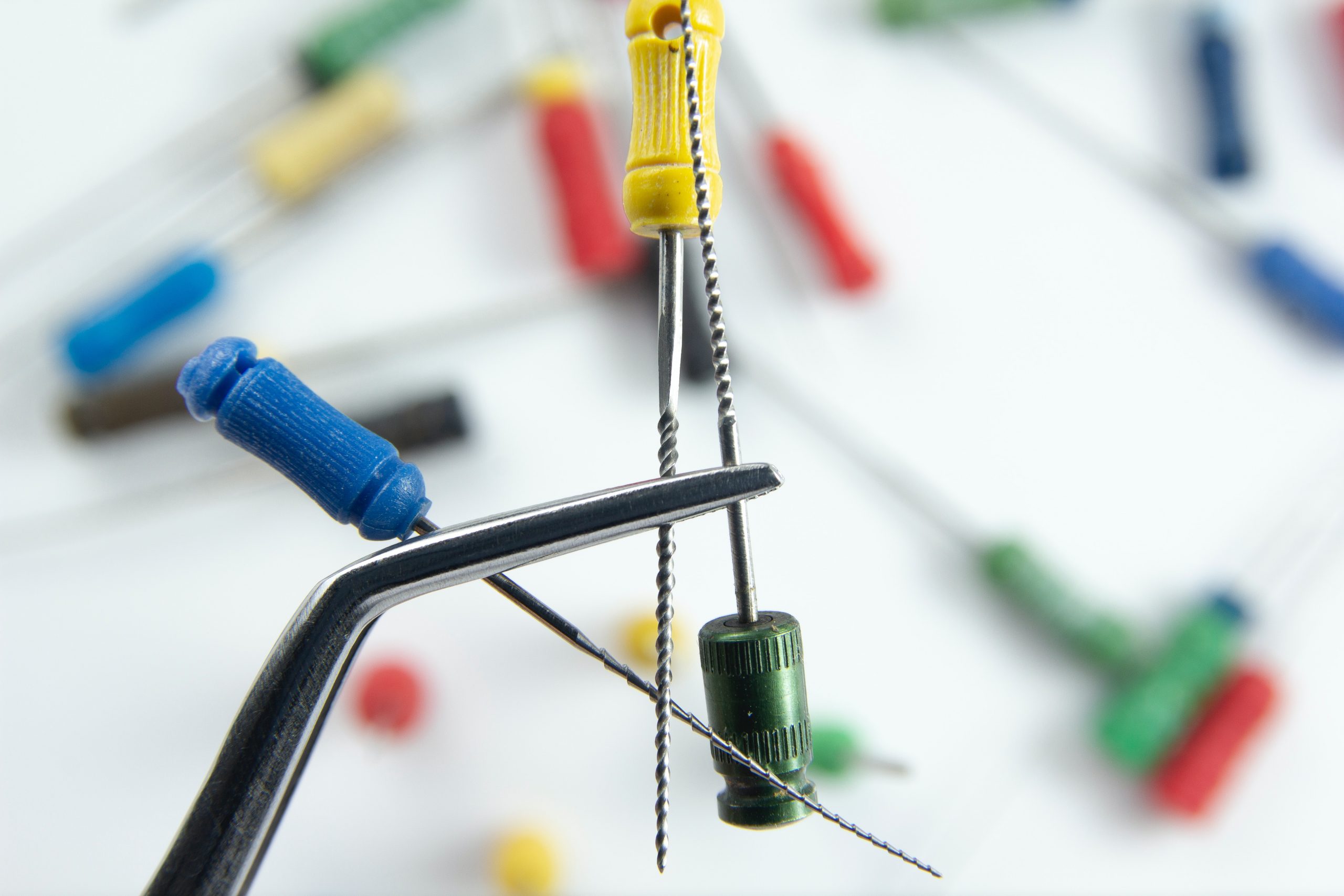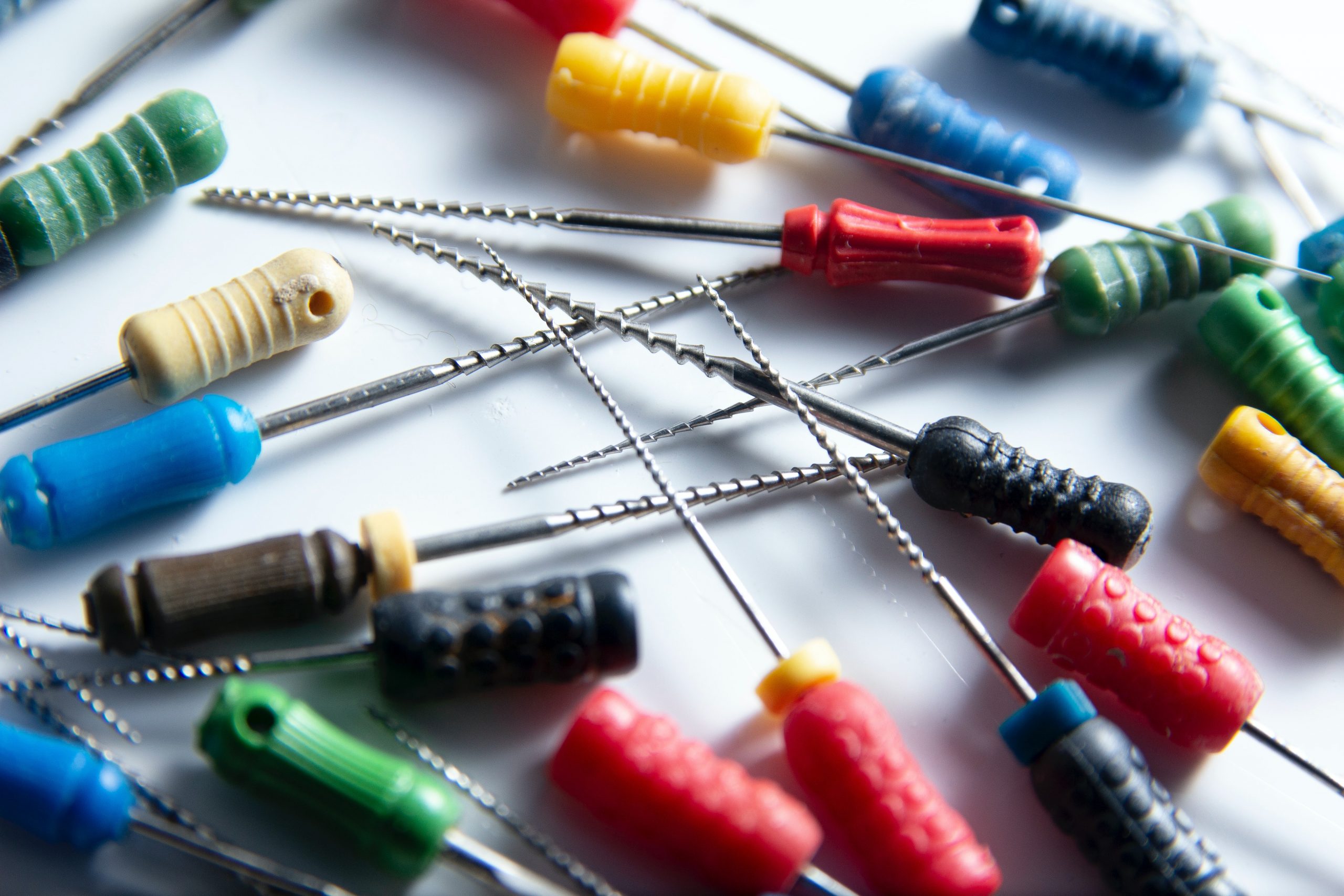
Current Protocols for Resin-Bonded Dental Ceramics
Dental ceramics are widely used in restorative dentistry due to their aesthetic and mechanical properties. Resin-bonded dental ceramics, also known as resin-bonded veneers, have become increasingly popular due to their minimal invasive preparation and high bond strength to tooth structure. We will review the current protocols for resin-bonded dental ceramics.
1)Material Selection
The success of resin-bonded dental ceramics depends on the material selection. The most commonly used materials are feldspathic porcelain, lithium disilicate, and zirconia. Feldspathic porcelain is a highly aesthetic material, but it has lower mechanical properties than lithium disilicate and zirconia.
Lithium disilicate has higher mechanical properties than feldspathic porcelain, but it is more opaque. Zirconia has the highest mechanical properties among the three materials, but it has lower translucency than feldspathic porcelain and lithium disilicate.
2)Preparation
The preparation of the tooth structure is minimal compared to traditional ceramic restorations. The tooth structure is etched with hydrofluoric acid to create micromechanical retention. The etching time depends on the material used.
For feldspathic porcelain, the etching time is usually between 60 and 120 seconds. For lithium disilicate and zirconia, the etching time is usually between 20 and 40 seconds. After etching, the tooth structure is rinsed thoroughly with water and dried with air.
3)Bonding
The bonding protocol is crucial for the success of resin-bonded dental ceramics. The tooth structure is first treated with a silane coupling agent to create a chemical bond between the tooth structure and the resin cement. After silanization, a layer of adhesive resin is applied to the tooth structure and light cured. The resin cement is then applied to the intaglio surface of the ceramic restoration and seated on the tooth structure. Excess cement is removed, and the restoration is light cured through the ceramic.
4)Finishing and Polishing
The finishing and polishing protocol is important to achieve a natural-looking restoration. Excess cement is removed using hand instruments and dental floss. The restoration is then polished with diamond polishing paste or rubber cups with aluminum oxide polishing paste. Care should be taken not to over-polish the restoration, which may result in a decrease in surface roughness and loss of luster.
Conclusion
Resin-bonded dental ceramics have become increasingly popular in restorative dentistry due to their minimal invasive preparation and high bond strength to tooth structure. Material selection, preparation, bonding, and finishing and polishing protocols are crucial for the success of resin-bonded dental ceramics. By following these protocols, clinicians can achieve highly aesthetic and long-lasting restorations.



